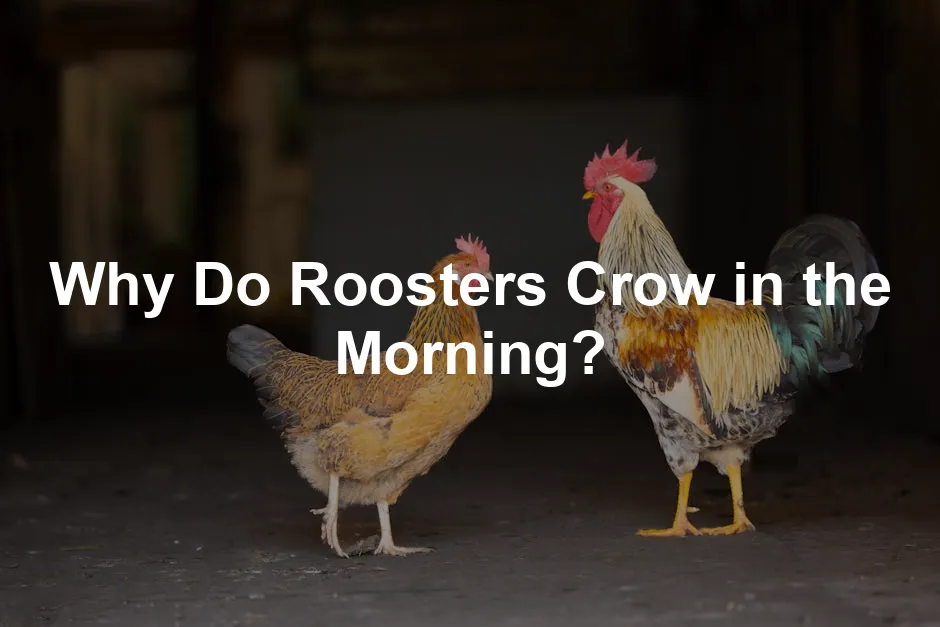
Why Do Roosters Crow in the Morning?
Introduction
Have you ever been jolted awake by a rooster’s crow at dawn? This familiar sound is more than just a wake-up call. Understanding rooster behavior is important for anyone who keeps chickens or simply enjoys farm life. In this article, we’ll explore the fascinating reasons behind why roosters crow, especially in the morning.
And if you’re thinking about keeping chickens, you might want to check out this Backyard Chickens: The Beginner’s Guide. It’s packed with everything you need to know to embark on your chicken-raising adventure!
Summary and Overview
Rooster crowing is a natural behavior tied to their biology. It serves as a signal to mark the start of a new day. Roosters rely on their internal clocks, also known as circadian rhythms, to regulate this behavior. Additionally, crowing plays a crucial role in social interactions among roosters. It goes beyond merely telling time; it’s a form of communication that highlights their social structure within the flock.
If you’re curious about ensuring your chickens are happy and healthy, consider this Chicken Care Guide Book. It’s a fantastic resource for new chicken owners!

Understanding Rooster Crowing
The Biological Clock
Roosters are equipped with an internal circadian clock. This clock helps regulate their daily activities, including crowing. Interestingly, studies reveal that roosters often crow before dawn. Researchers found that roosters can begin crowing as much as two hours before the sun rises.
In experiments, roosters kept in constant dim light still crowed on a roughly 23.8-hour cycle. This reinforces how their internal timekeeper influences their behavior. Understanding these biological rhythms can help us appreciate the complexity of rooster crowing.
And if you’re looking to enhance your chicken coop setup, consider a Chicken Coop. A well-designed coop is essential for your feathered friends!
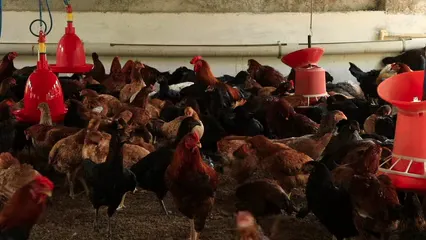
Crowing as a Territorial Signal
Crowing serves as a vital territorial signal for roosters. When a rooster crows, he’s boldly announcing his presence. This vocalization establishes boundaries, warning other roosters to stay away. In the chicken world, territory matters.
Within a flock, there’s a clear pecking order. The dominant rooster often crows first. This not only asserts authority but also sets the tone for the other roosters. Lower-ranking males wait their turn, following the lead of the dominant bird. This hierarchy helps maintain peace among the flock.
Understanding this social structure highlights the importance of crowing in their world. It’s not just noise; it’s a crucial aspect of their territorial behavior.
Communication and Social Behavior
Roosters use crowing as a key communication tool. It’s not merely about waking everyone up. Each crow has a specific purpose. For instance, the morning call signals the start of the day. An alarm call warns of danger, alerting hens to potential threats.
Roosters also have feeding calls, which announce food availability. When they find something tasty, they crow to gather the hens. This encourages them to come and share in the bounty.
Overall, crowing reflects the dynamics of the flock. It’s a blend of excitement, warning, and social interaction. Understanding these nuances enhances our appreciation of these vocal creatures.
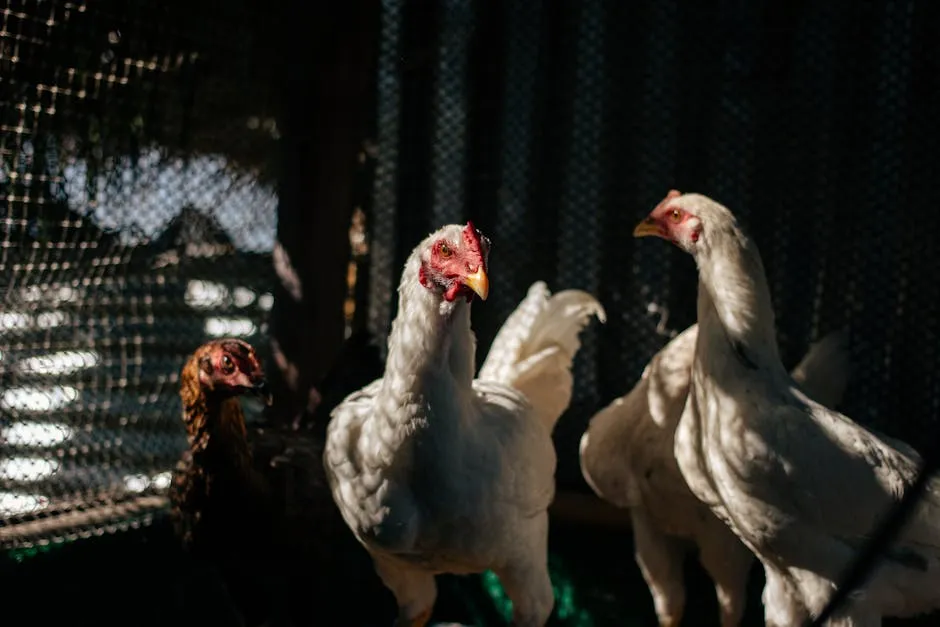
By the way, if you want to keep your chickens healthy, consider adding Organic Chicken Feed to their diet. It’s the best way to ensure they’re getting the nutrients they need!
Effective communication plays a significant role in overcoming challenges like glossophobia. why does effective communication matter in overcoming glossophobia
Reasons for Crowing at Different Times
Morning Crowing
Roosters have a unique relationship with the morning. They often crow at dawn, but why is that? Interestingly, it’s tied to their internal biological clock. Studies show that roosters can start crowing up to two hours before sunrise.
This behavior is known as anticipatory crowing. Scientists found that even in constant dim light, roosters follow a 23.8-hour day cycle. Their internal clocks dictate when they crow, regardless of external light cues.
This connection to dawn highlights their natural rhythms. It’s a captivating glimpse into the life of roosters and their fascinating morning routine.

If you’re a fan of all things rooster, you might enjoy this Rooster Crowing Alarm Clock. Now you can wake up to the sound of your favorite farm friend!
All-Day Crowing
Roosters don’t just crow at dawn. They vocalize throughout the day. This all-day crowing serves many purposes. It’s a way to communicate and assert their presence.
During the day, a rooster may crow to alert his flock of danger. When he senses a threat, his crowing serves as a warning. This helps keep the hens safe. It’s nature’s built-in security system.
Roosters also crow to interact with their hens. They use different calls to communicate various messages. For instance, a feeding call lets hens know where food is. This not only directs them but also creates a sense of community.
Excitement is another reason for daytime crowing. Roosters may crow when they find a tasty treat. They want to share their discovery with the hens. This behavior showcases their role as caretakers of the flock.
In addition, social interactions influence crowing. When multiple roosters are present, they may crow in response to each other. This creates a lively atmosphere, reflecting their social dynamics.
Understanding all-day crowing provides insight into the life of roosters. It reveals a complex layer of communication and behavior beyond the morning call.
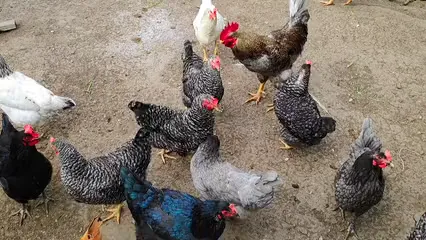
Cultural and Historical Significance
Roosters as Symbols
Roosters hold significant cultural value across various societies. They symbolize vigilance and the arrival of dawn. In many cultures, they are seen as guardians of the morning.
Throughout history, roosters have appeared in folklore and art. They often represent courage and watchfulness. For example, in some cultures, the rooster is associated with protection against evil spirits. This highlights their importance beyond farm life.
In addition, roosters have a prominent place in literature and music. They often symbolize new beginnings and hope. This cultural presence shows how deeply roosters resonate with human experiences.
Understanding the symbolism of roosters enriches our appreciation of them. They are more than just farm animals; they are icons in various cultural narratives.
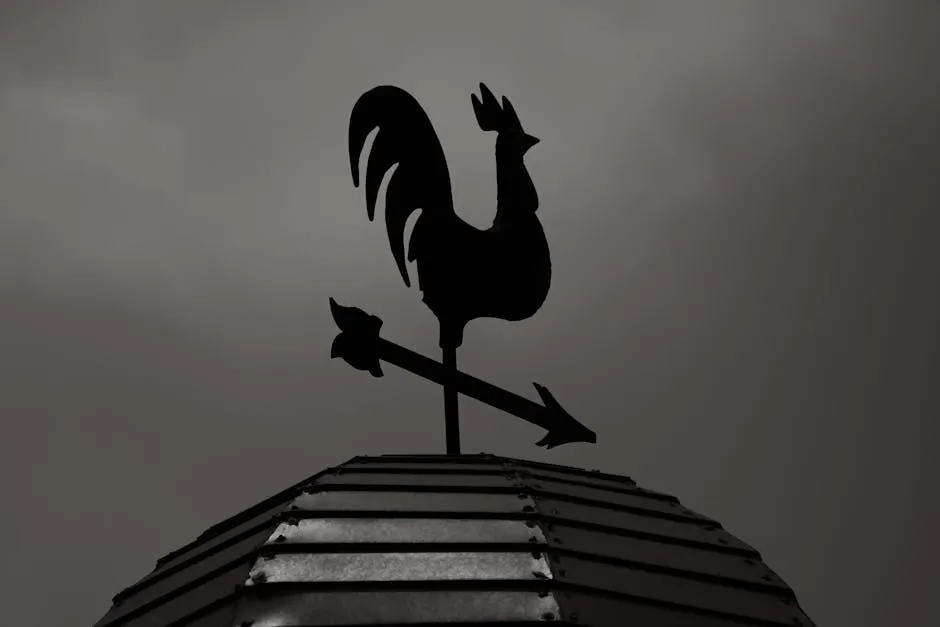
If you’re looking for a fun way to enjoy your love for roosters, check out this Rooster Plush Toy. It’s perfect for snuggling or as a quirky decor piece!
Roosters in Modern Times
Urbanization has changed perceptions of roosters. Many people now view them as nuisances rather than valuable animals. As cities expand, the sound of crowing is often unwelcome.
Despite this, the trend of urban farming is growing. More people are interested in raising backyard chickens. This revival brings roosters back into the spotlight. They play vital roles in these small farms, helping with pest control and flock dynamics.
However, not everyone sees the benefits. Some communities impose restrictions on rooster ownership. This reflects a clash between traditional farming practices and modern urban lifestyles.
As we navigate these changing perceptions, it’s essential to recognize the value of roosters. They contribute to agriculture and connect us to our agricultural roots. Embracing this perspective can help foster a more inclusive view of farm life in our communities.

Conclusion
Roosters crow for various reasons, especially in the morning. Their internal clocks guide this behavior, often prompting them to crow well before dawn. This anticipatory crowing is fascinating, showcasing their biological rhythms.
Crowing also reflects complex social behaviors. It’s a way for roosters to communicate with each other and assert their dominance. This vocalization plays a key role in maintaining their social structure.
Understanding these dynamics helps us appreciate roosters beyond their farm roles. They contribute significantly to agriculture and culture. Whether as protectors of the flock or symbols in folklore, roosters embody vital aspects of rural life.
Next time you hear a rooster crow, remember its importance. These vibrant creatures are more than just alarm clocks; they are essential to our agricultural heritage.
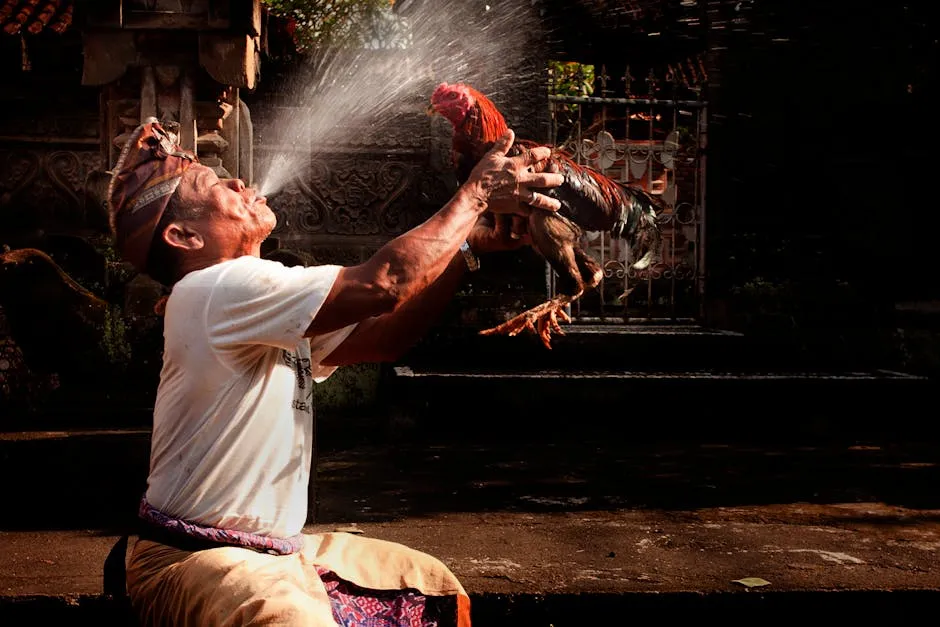
If you’re interested in DIY projects, consider checking out this Hen House Plans Book. It provides excellent designs and ideas for building your own chicken coop!
FAQs
Do all roosters crow at the same time?
Not all roosters crow simultaneously. Individual crowing times vary based on their unique internal clocks. Environmental factors, such as light and social interactions, can also influence their crowing schedules.
Why do some roosters crow at night?
Nighttime crowing can occur for various reasons. Roosters may respond to noises or disturbances. They might also feel threatened or want to assert territory, especially if other roosters are nearby.
Can roosters crow without a light source?
Yes, roosters can crow without light. Research shows their internal clocks drive this behavior. Even in constant darkness, they maintain a consistent crowing schedule based on their circadian rhythms.
How can I reduce the crowing of my rooster?
If your rooster’s crowing is becoming a nuisance, there are a few strategies you can try. First, consider adjusting his environment. Roosters tend to crow more in response to light and noise. Keeping him in a quieter, darker area can help reduce his vocalizations. Next, ensure he has plenty of activities to keep him occupied. Roosters are social creatures, so providing companionship can help. Consider adding hens or other roosters. A busy rooster may crow less. You can also train your rooster to minimize crowing. When he crows, avoid giving him attention. Instead, reward him when he is quiet. This will help him associate silence with positive experiences. Lastly, consider his age and breed. Some roosters crow more than others. Young roosters and certain breeds are known for their vocal tendencies. If the noise continues to be an issue, you may want to explore other options, such as consulting with a poultry expert.
Are there certain breeds of roosters that crow more than others?
Yes, different breeds of roosters exhibit varying crowing behaviors. For instance, Leghorns and Rhode Island Reds are well-known for their vocal nature. They tend to crow more often and more loudly than other breeds. On the other hand, some breeds, like Silkies and Bantams, tend to be quieter. These breeds may only crow occasionally, making them ideal for urban settings. Understanding the crowing tendencies of specific breeds can help you make informed decisions. If you’re looking for a quieter option, consider researching less vocal breeds. This knowledge can guide you in selecting a rooster that fits your lifestyle.
Why do roosters crow in response to each other?
Roosters are highly social animals, and their crowing often triggers a chain reaction. When one rooster crows, it can prompt others in the vicinity to join in. This collective vocalization serves several purposes. First, it establishes territory. When a dominant rooster crows, it signals his presence. Other roosters may respond to assert their own territory or challenge the dominant bird. Additionally, crowing can strengthen social bonds among the flock. By responding to each other, roosters maintain a sense of community. This interaction helps minimize conflicts and establishes a pecking order. In essence, the social dynamics of roosters create a vibrant chorus. Each crow expresses their status, mood, and readiness to communicate with others in their group.
How do I know if my rooster is crowing due to danger?
Not all crowing is the same. Roosters have distinct vocalizations that indicate different situations. An alarm call, for example, sounds sharp and urgent. This type of crowing warns hens of potential threats nearby. If your rooster crows in a high-pitched tone, it likely means he senses danger. You may notice him puffing up or looking around anxiously. These behaviors signal that he perceives a threat to his flock. In contrast, regular crowing tends to be lower and more rhythmic. This type of crowing usually occurs during the morning or when a rooster is asserting his territory. Pay attention to the tone and context of his crowing. Understanding these nuances will help you respond appropriately to your rooster’s signals and ensure the safety of your flock.
Please let us know what you think about our content by leaving a comment down below!
Thank you for reading till here 🙂 And don’t forget to grab some fun chicken-themed items like a Chicken-Themed Board Game for family fun!
All images from Pexels




